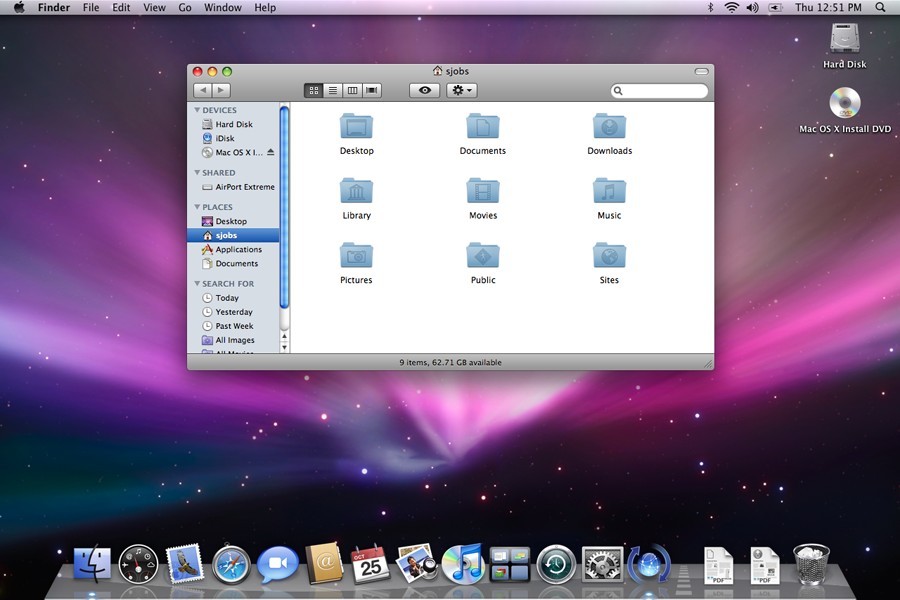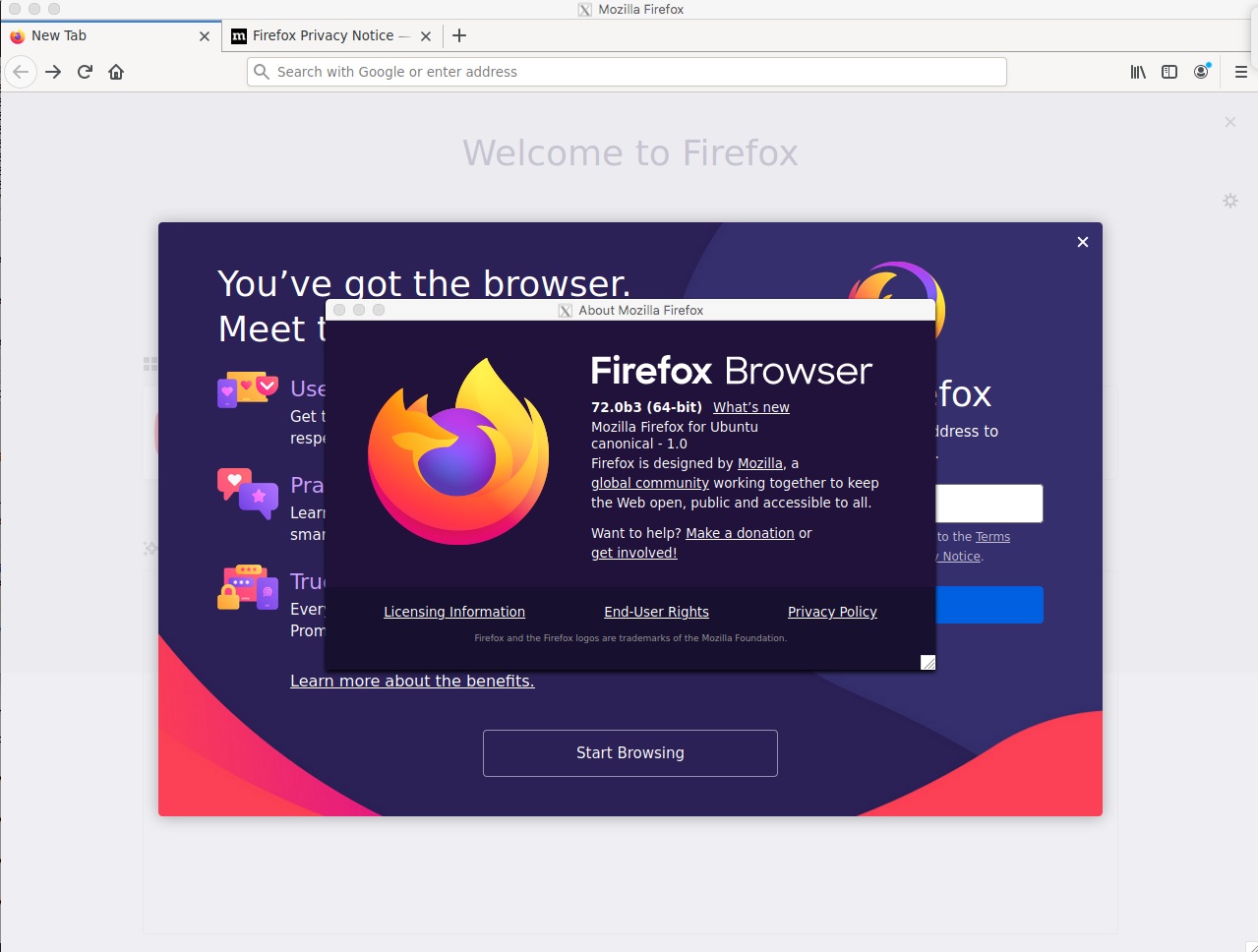

This proxy can now be used without Dinghy on top of Docker for Mac, see the instructions in the dinghy-http-proxy README. There is a lot of discussion around the pros and cons in this issue.ĭinghy also includes a HTTP(S) proxy and DNS server that can make developing web apps easier, especially if you switch between projects frequently. But for the most part, you are fine just using Docker for Mac, you don't necessarily need Dinghy.
#Docker on mac os x for mac
These days, Dinghy still has a performance advantage over Docker for Mac in some use cases where you are sharing lots of files from a host volume. When we started the Dinghy project, Docker for Mac did not exist and there wasn't a great option for using Docker on MacOS easily with high-performance file sharing. Docker for Mac is a great option for most, if not all, people. But it's unlikely that there will be any large new development efforts unless somebody else wants to step up and take them on. TL DR I am still actively maintaining Dinghy, making small improvements and fixing issues. Easy access to running containers using built-in DNS and HTTP proxy.ĭinghy creates its own VM using docker-machine, it will not modify your existing docker-machine VMs.ĭinghy runs as a wrapper around docker-machine, shelling out to create the VM and using daemons to start the various services such as NFS and DNS.Edit files on your host, and see guard/webpack/etc pick up the changes immediately. Filesystem events work on mounted volumes.A medium-sized Rails app boots in 5 seconds, rather than 30 seconds using vmware file sharing, or 90 seconds using virtualbox file sharing. Faster volume sharing using NFS rather than built-in virtualbox/vmware file shares.!!! A word of warning: This changes allows anyone to send your docker daemon commands and control it! You should make sure the VM is only reachable from your local machine.Docker on OS X with batteries included, aimed at making a more pleasant local development experience.

When you now enter docker version you should see something like this (note the server version): $ docker versionĭone! You are good to go. In your local shell, alias the docker command to use the network as well: alias docker='docker -H tcp://127.0.0.1:4243/'. Now reboot the VM with vagrant reload (in your docker project folder), so both previous changes take effect. Inside the VM, edit the /etc/init/docker file and add the argument -H tcp://0.0.0.0:4243, so the daemon listens on all network devices.

before the end in line 44): config.vm.forwardport 4243, 4243 (My Vagrantfile). Modify the Vagrantfile and add the following line inside the Vagrant::n block (e.g. We need to modify this VM a bit, so our local docker client can reach the docker server inside it. I assume you followed the vagrant guide at docker.io and have your VirtualBox VM with docker running. The problem is obvious: you don't have a local docker daemon running. If you now run your new docker command, you should get an error about docker being unable to connect to a socket at /var/run/docker.sock: $ docker versionĩ 15:04:07 dial unix /var/run/docker.sock: no such file or directory
#Docker on mac os x for mac os x
The newer versions of docker (currently 0.6.2) no longer have a Makefile to build the current version, so the way to a local docker binary for Mac OS X wasn't obvious for me. You may still need/want to forwards ports and stuff like that.


 0 kommentar(er)
0 kommentar(er)
